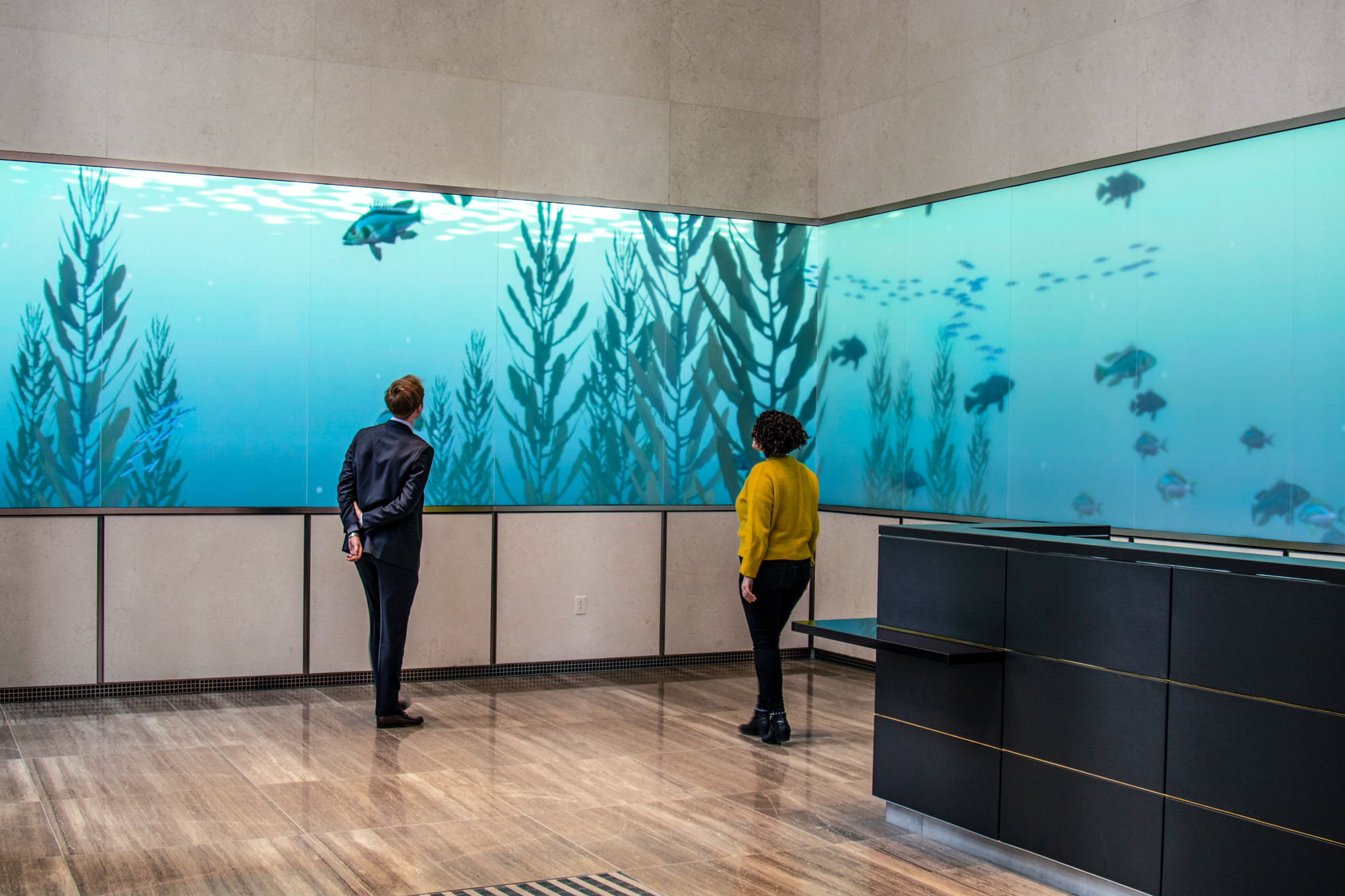Exploring the Durability of LED Display Panels in Comparison to Traditional Screen Technologies
Exploring the Durability of LED Display Panels in Comparison to Traditional Screen Technologies
Blog Article
LED panel panels have become progressively favored in current times, especially in settings like educational institutions, corporate spaces, and community spaces. These screens use light-emitting diodes (LEDs) to produce bright and vibrant visuals. One of the most significant benefits of LED technology is its longevity compared to traditional display methods, such as cathode tube tubes (CRTs) and liquid crystal screens. Grasping the differences in duration and functionality between these technologies can help consumers make knowledgeable decisions about their screen requirements.
Classic display methods, like CRTs, have been present for many years. They were frequently used in televisions and PC monitors. However, CRTs have a limited duration, typically lasting around 10,000 to 20,000 hrs of use. This means that after a couple years, consumers may observe a deterioration in image clarity, such as dimming or color distortion. In comparison, LED wall screens can last significantly longer, often exceeding 50,000 hours. This prolonged duration means that consumers can enjoy consistent performance without the need for regular substitutions.
Another crucial aspect to take into account is energy conservation. LED wall panels utilize less energy than conventional screens, which not only benefits the environment but also reduces power expenses. For example, while a CRT screen may consume around 100 watts of power, an LED screen can consume as little as 30 to 50 W. This discrepancy in energy consumption contributes to the total durability of LED technology, as reduced power usage generates less thermal energy. Excessive heat can damage electronic parts, resulting to a shorter lifespan for traditional displays.
In addition to their extended lifespan and power conservation, LED panel panels also Discover More Here offer superior visual clarity. They provide brighter hues and better differentiation, making them perfect for various uses, from advertising to learning displays. The technology behind LED panels enables for a wider sight perspective, meaning that images remain sharp and vibrant even when viewed from the flank. This is a significant advantage over conventional displays, which frequently suffer from hue distortion and reduced luminosity at wider perspectives.
In summary, the durability of LED wall screens in contrast to conventional display methods is a key factor for buyers to take into account. With lifespans that can surpass 50,000 hours, energy efficiency, and enhanced visual quality, LED technology provides many benefits. As innovation continues to progress, LED wall panels are probably to turn even more prevalent in various settings. Grasping these differences can help individuals and organizations make improved decisions when investing in display innovation, ensuring they get the optimal value for their requirements.